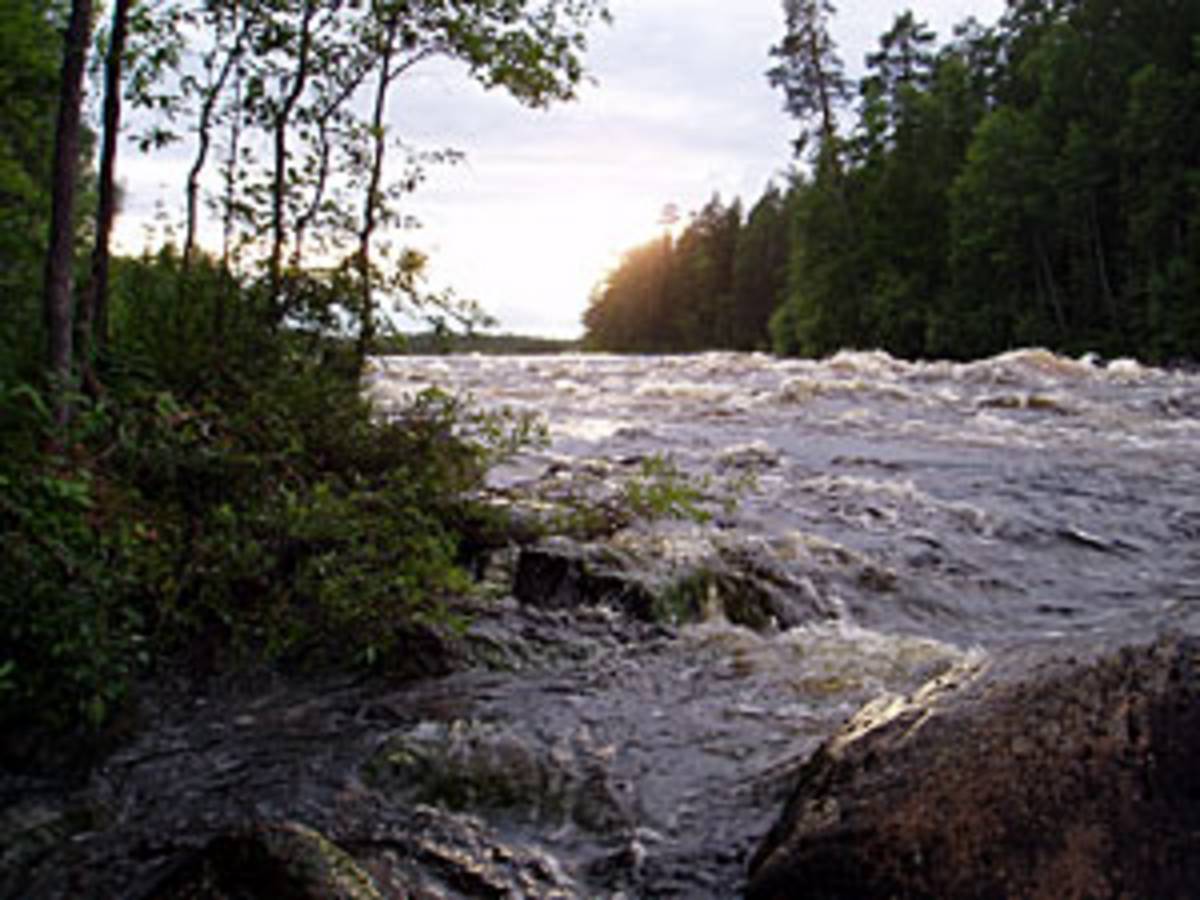SCENES - Water Scenarios for Europe and for Neighbouring States
Overview

The future of Europe's waters will be influenced by a combination of many important environmental, social, political, and policy drivers, such as global (incl. climate) change, population growth, land use change, economical and technological developments. Political developments, such the enlargement of the European Union and relationships between EU member states, accession countries and non-member states, will have impact on Europe's waters.
SCENES is a multi-faceted integrated project that aims to address the complex questions about the future of Europe’s water resources. It takes an integrated approach by combining and balancing the many dimensions of Europe’s water futures, including hydrological, ecological, economic, cultural, social, climatic, and financial. SCENES takes an integrated, multi-scale approach that includes analysis at the pan-European, regional, and pilot scales and their interactions.
Target / objective
The SCENES project will deliver combined qualitative and quantitative scenarios. The qualitative scenarios (storylines) provide an internally consistent picture of how water resources in different parts of Europe may develop up to 2025. The quantitative scenarios, produced by state-of-the-art models, complement the storylines by providing numerical information, and by “enriching” the qualitative scenarios by showing trends and dynamics not apparent in the storylines.
Approach
The starting point of the scenario development method is the Storyline-And-Simulation method (SAS). This method involves the development of narrative storylines during a series of stakeholder workshops. These qualitative scenarios are subsequently translated to a set of quantified parameters that are the input for a quantitative model, in this case WaterGAP. Key to the method is an iterative procedure during which storylines and models are improved.
The development of narrative storylines has a high level of stakeholder involvement. Within SCENES, stakeholder panels will be formed on a pan-European level, in most of the eight to ten Pilot Areas, as well as for at least one of the four regions. The largest challenge will be to provide a tool-box of methods that is sufficiently flexible to be applicable at local and pan-European scale, and that can cover a broad range of issues from irrigated intensive agriculture in the south of Spain to water quality and flooding in new accession countries in the Baltic region. At the same time, however, methods need to be sufficiently similar to enable meaningful downscaling and up-scaling as well as comparison across different regions. The scenario tool-box will encompass three methods that serve three different goals: Conceptual modelling; Narrative storyline development; and Back-casting.
Results
SCENES aims to provide relevant results directly to the science-policy interface, that would allow a better management of water resources. Scenarios can be understood as a kind of scientific advice to policy. In fact they are a very specific type of scientific advice since we aim at co-producing them through a concerted effort by researchers, decision-makers and stakeholders. In this respect, the underlying framework of SCENES relies very much on Mode II way of thinking about science and knowledge production. Mode II acknowledges the complex, embedded role of science in our society and tries to create new methodologies in order to open up the scientific practice to the public and increase the policy relevance of science.
Follow up
If successful, the scenarios we produce can help to improve river basin management, for instance by supporting implementation of WFD. One success factor is the legitimacy of scenario-process. Legitimacy refers to the degree that the scenario process is heard, respected and accepted. Legitimacy of the process has four building blocks: a) compatibility with the management structures and practices, b) acceptance by the stakeholders, c) transparency, and d) representation and inclusion of the actors. The process is thus as important as the content of the product itself in shaping the legitimacy.
As part of the innovative approach to dissemination we will establish an interactive website called the Online scenario webservice. The Online webservice will serve as an internal and external information centre for connecting the partners and the stakeholders of the project – as a place where relevant results on SCENES scenarios will be continuously added for later use.
Website
http://www.environment.fi/syke/scenes
Name of funding organisation
European Commission (FP6 contract 036822)
Contacts of project leader
Juha Kämäri, SYKE (juha.kamari@ymparisto.fi)